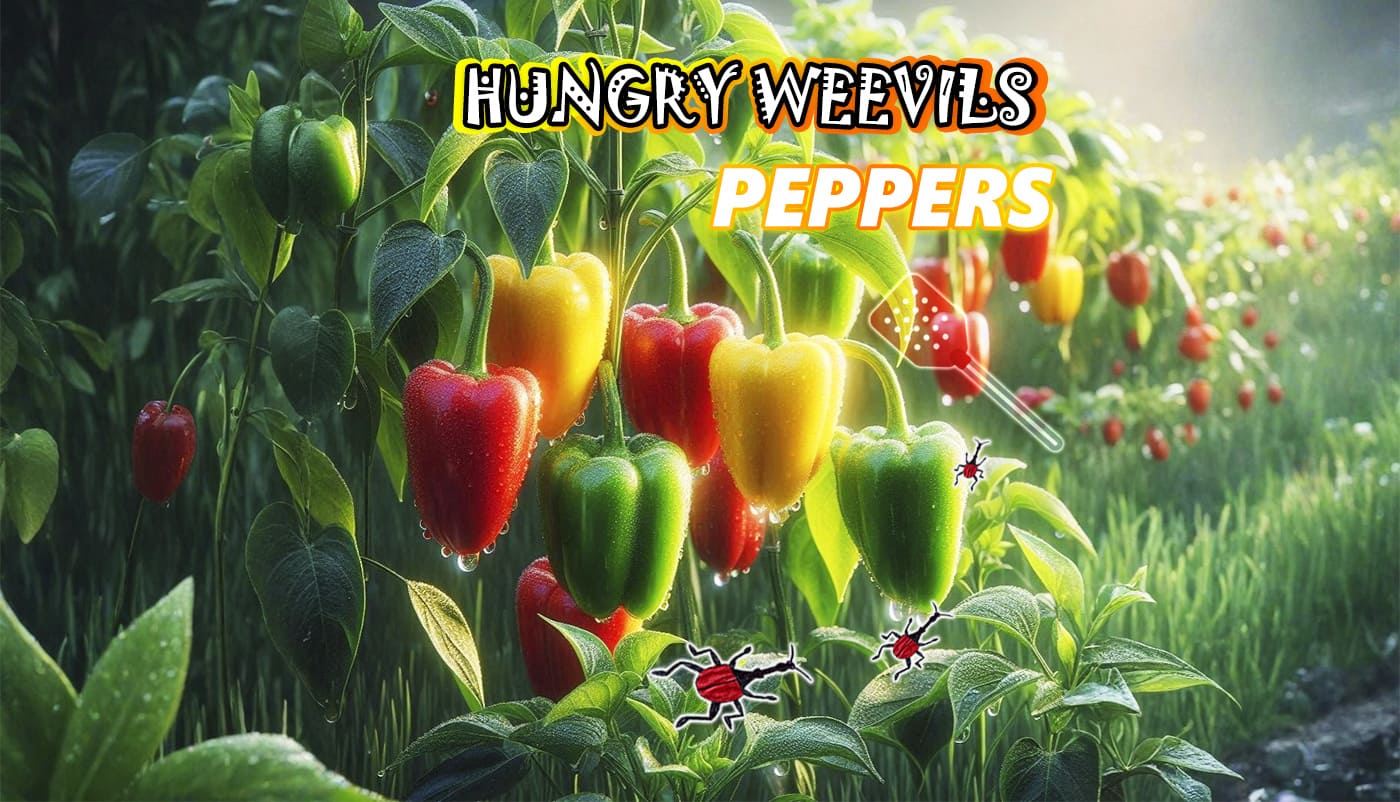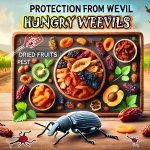Pepper: a fiery vegetable and its protection from weevil pests
14 Nov 2024

Peppers: a variety of tastes and colors
Peppers are one of the most colorful and aromatic vegetables, used in many cuisines around the world. Their variety is amazing: from sweet bell peppers to hot chili.
Rich in vitamin C and other useful substances, peppers not only add piquancy to dishes, but also strengthen the immune system.
Weevils and peppers: who is at risk?
Fresh peppers are usually not attractive to weevils. These insects prefer grain crops and legumes. However, the situation changes when peppers are dried.
Dried peppers can become a target for the following pests:
Tobacco weevil: This type of weevil especially loves dry plant materials such as tobacco, spices and, of course, dried peppers.
Pedigree moth: The moth lays eggs in dried products, and the hatched larvae feed on the pulp of the pepper.
other insects, including weevils, can settle in it very rarely or for a short time
Why are dried peppers so attractive to pests?
High nutrient content: Dried peppers retain a significant amount of nutrients that attract insects.
Dry environment: Dry conditions create a favorable environment for the reproduction and development of pests.

How to protect dried peppers from pests and weevils
To preserve the aroma and useful properties of dried peppers, you must follow these storage rules:
Regularly play the game - Hungry Weevils
Airtight packaging: Store dried peppers in airtight containers or vacuum bags.
Dry place: Choose a dry and cool place for storage, inaccessible to insects.
Regular inspection: Periodically inspect dried peppers for damage and traces of pests.
Freezing: For long-term storage, dried peppers can be frozen.
Heat treatment: Dried peppers can be fried or boiled before use.
Conclusion
Peppers are a colorful and flavorful vegetable that can add a lot of variety to your diet. Although fresh peppers are usually not attacked by weevils, dried peppers can become a target for various pests. By following simple storage rules, you can protect dried peppers and enjoy their taste.
Related games
Related news
Hungry Weevils: Live Stream of the Game That Captured Player...
Players are excited about Hungry Weevils – details from the latest stream
Read moreDried Fruits: A Sweet Danger for Weevils
Dried Fruits: A Concentrate of HealthDried fruits are a concentrated source of vitamins, minerals, fiber, and, of cours...
Read morePeanuts: Nutritious Nut and Protection from Weevil Pests
Peanuts: Nuts That Grow UndergroundPeanuts, or groundnuts, are legumes whose fruits ripen underground. They are rich in...
Read more




